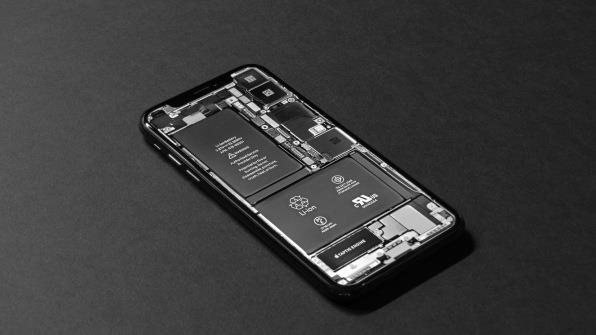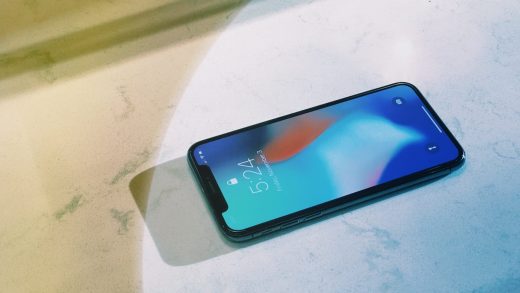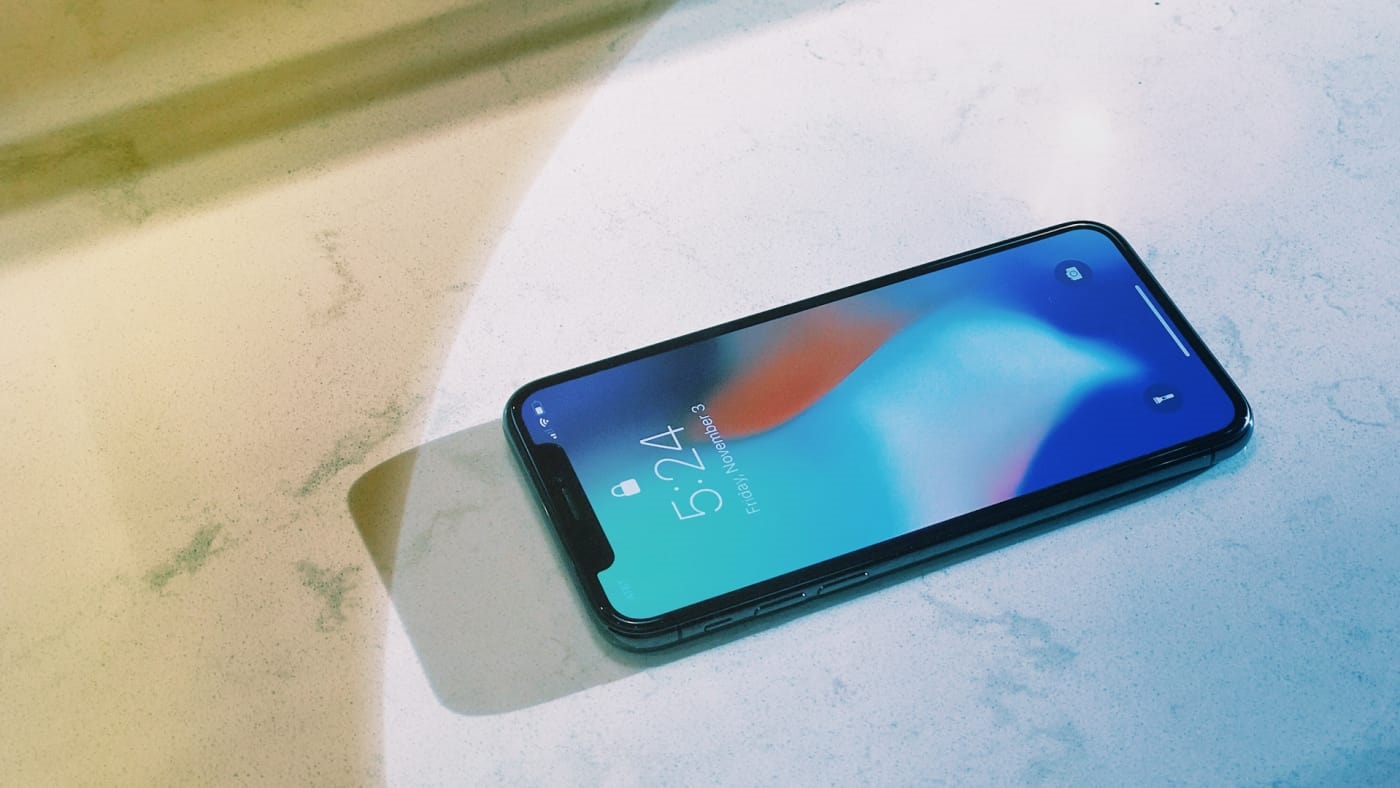Ready or not, the iPhone’s home button and Touch ID are going away
This year could be the first in the history of the iPhone that Apple does not release a new phone with a home button.
According to reports from credible media outlets, the company will introduce three new phones next week at its press event on September 12, and all of them will assume the design motif of last year’s iPhone X, with its rounded edges, notch at the top front where various sensors live, and a display that takes up most of the front of the phone. There will be no home button–the new phones will use the iPhone’s X’s swipe gestures for returning to the home screen and navigating apps.
Perhaps most importantly, it appears that Apple’s fingerprint reader technology, Touch ID, will be completely gone from this year’s phones. The company will be relying on Face ID, the facial recognition technology it introduced in last year’s iPhone X, for security across this year’s line. And it’s doing so just as a new kind of in-display fingerprint reading technology has matured. (If Apple’s past practice holds true, the iPhone 8 and 8 Plus will remain available, saving the home button and Touch ID from utter extinction for one more year.)
This choice matters to users. I’ve used both the iPhone 8 and the iPhone X extensively. I don’t miss the home button for navigation at all, but Touch ID is still better than Face ID in some circumstances. Example one is mobile payments, which works beautifully with Touch ID and less smoothly with Face ID. Touch ID is also better if your phone is sitting on a table. When my iPhone X is laying face up on my desk, the FaceID can’t see me (it can see the ceiling just fine), so I have to either tap in my passcode or pick up the phone and point it at my face to unlock it. With Touch ID, I could just rest my finger on my home button.
Granted, Touch ID didn’t work perfectly in its debut on the iPhone 5s, but it got much better with the iPhone 6. The same may be true with Face ID–Apple will almost certainly enlarge the FaceID sensor’s field of view, for example.
The company’s decision to ditch Touch ID wasn’t an easy one. In the spring and early summer before the fall 2017 release of the iPhone X, Apple was indeed working on phone designs that integrated a new kind of Touch ID sensor into the display of the iPhone X, a knowledgeable source told me at the time. The engineers tried for months to make the embedded sensor work accurately and reliably, but ultimately gave up on the idea.

In its place, the engineers adopted Face ID, which uses a spray of tiny light beams emitted from the front of the phone to look for the familiar contours of a user’s face. Now Apple appears to be standardizing on Face ID. Apple’s hardware design chief Dan Riccio said in an interview with TechCrunch’s Matthew Panzarino that once Apple got Face ID working, it dumped Touch ID from the iPhone X and “never looked back.”
When Apple tried to build a fingerprint sensor into the iPhone X’s display, the technology was immature. Not anymore. Android phone makers have made fingerprint on display (FOD) technology work. And they’re trying to play it as a differentiator against the iPhone. Analyst Ming-Chi Kuo says in a recent investor note that the reason for this is twofold: “The user feedback on the iPhone is lower than expected,” he writes, and, “The user feedback on the first FOD smartphone, Vivo’s X21 FOD version, is higher than expected.”
In aggregate, iPhone X users certainly don’t hate Face ID. Far from it. Creative Strategies did a survey of iPhone X owners back in March, and asked for their reaction to the technology. Of the 680 respondents, 65% said they were very satisfied with Face ID, and another 28% said they were somewhat satisfied. And 79% said they were very satisfied with the X’s swipe-based gesture interface (necessitated by the lack of a Home button), while 15% said they were somewhat satisfied. The survey also asked iPhone X owners if they missed having Touch ID on their phone. “Here while the overall sentiment remains positive, it was a little more muted with 50% saying they strongly disagreed and 21% saying they somewhat disagree,” wrote Creative Strategies analyst Carolyn Milanesi in the report.
For a time it seemed possible that Apple would offer both Touch ID and Face ID in new iPhones, so that people like me could use different authentication methods in different situations. But in a recent research note, Ming-Chi Kuo, who is often right about Apple’s iPhone plans, says Apple has already decided not to use Touch ID in next year’s phones. At this point, new iPhones with in-display fingerprint sensors would be a shocker.
My colleague Harry McCracken and I will be at the September 12 event, and we’ll have full analysis of the iPhones and other products once they’re announced.
(20)



